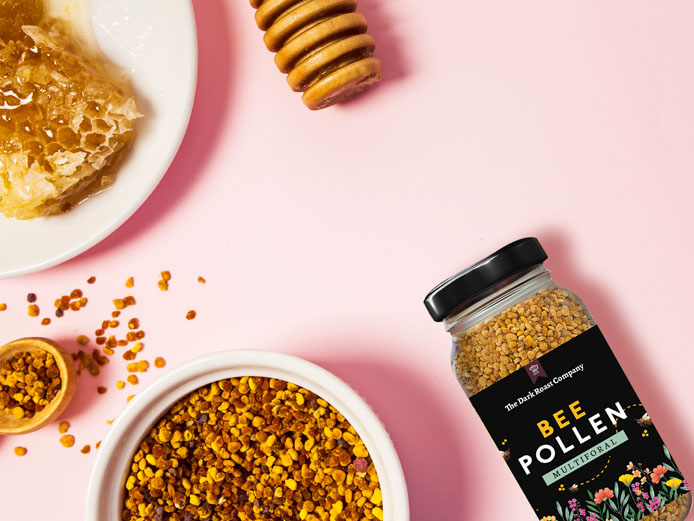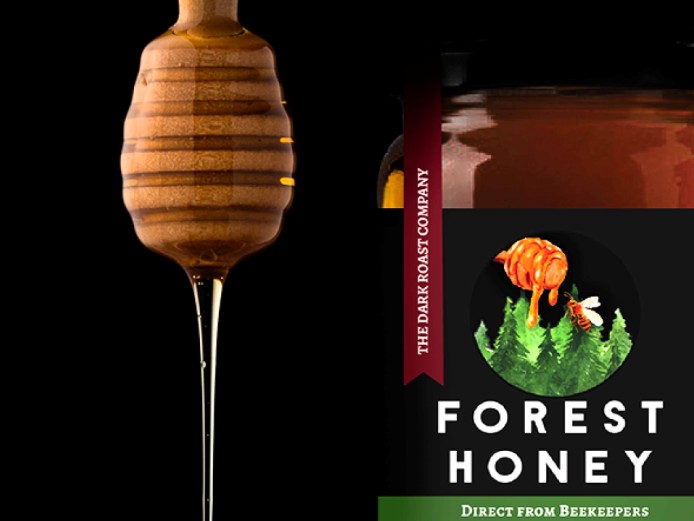
What is Bee Pollen? and What is Bee Pollen good for?
Bee pollen is a natural mixture of bee secretions, honey, enzymes, wax, and flower pollen. It contains protein, vitamins, and minerals, and has commonly been referred to as a superfood. Used in certain cultures for thousands of years, it has recently become increasingly popular and is now widely recognized for its potential health benefits.
Bee Pollen Benefits, Key Facts & Nutritional Info
Bee pollen has been described as “nature’s perfect food” as it is a highly concentrated food source containing a complex supply of quality nutrients. It is rich in vitamins, minerals, trace elements, enzymes, and amino acids, and contains approximately 30% protein, 55% carbohydrate, 1% to 2% fat, and 3% minerals and trace vitamins. Vitamin C concentrations of 3.6% to 5.9% also have been found in some pollen samples. Promotional literature lists almost 100 vitamins, minerals, enzymes, amino acids, and other compounds identified in bee pollen.
Detoxification & Immunity
Bee pollen is used as an immune system builder, has the ability to correct body chemistry and eliminate unhealthy conditions. European physicians note that people with an alcohol problem, when treated with pollen, show great reduction in alcohol cravings. It has been claimed that young people who want to get off heavy drugs go through minimal or no withdrawal when treated with bee pollen and that it also has the ability to throw off poisons and toxic materials from the body.
How to eat Bee Pollen
Adults: Start with 1 tsp. in the morning followed with some water, juice or milk. Increase your intake every day by a few grains until reaching 2 tsp. a day. For normal daily intake, you may take up to 1 tbsp. daily.
Bee pollen can alternatively also be used a topping on your daily meals and snacks like oatmeal and cereal bowls, smoothies, salads, etc.
Allergy Warning
Pregnant women and individuals allergic to pollen are NOT advised to consume Bee Pollen. Some known allergic reactions include Anaphylaxis and shortness of breath. In such cases, we suggest to always consult medical professionals before consumption.

